PROTECT YOUR DNA WITH QUANTUM TECHNOLOGY
Orgo-Life the new way to the future Advertising by Adpathway Shutterstock
Shutterstock
Bringing a dog into a family with children means looking beyond breed stereotypes and focusing on individual behavior and temperament. A kid-friendly dog isn’t always the quietest or most playful; it’s the one who can handle unpredictable energy, loud noises, and lots of hands-on affection without stress. Whether you’re adopting from a shelter or introducing a dog to your kids for the first time, it’s important to know what signs to look for. These clues can help ensure a safe, happy match between your pup and your little ones.
Shows Gentle Body Language
 Shutterstock
Shutterstock
One of the easiest ways to tell if a dog is good with kids is by observing how it carries itself. A kid-friendly dog typically moves calmly, avoids sudden or stiff movements, and has a relaxed posture. Look for loose tails, soft eyes, and gentle approaches, not rigid bodies or direct staring. These signs show the dog feels safe and isn’t easily rattled, even in a busy home environment. A gentle demeanor can be a huge green flag when children are involved.
Tolerates Touch and Handling
 Shutterstock
Shutterstock
Children often explore the world with their hands, and dogs who don’t mind a little awkward petting or surprise hugs are usually better fits for kid-friendly homes. A tolerant dog won’t flinch, growl, or snap when gently touched on different parts of the body. While no dog should be expected to endure rough treatment, being open to some light tugging or clumsy affection is a good sign. If a dog stays calm during basic handling of its ears, paws, and tail, it’s more likely to stay patient with a curious child.
Remains Calm Around Sudden Movement
 Shutterstock
Shutterstock
Kids move fast. They jump, run, flail, and change direction without warning. A dog that doesn’t get spooked by all that action is often a better match for families. Dogs that remain composed or even curious when a child zips by or drops a toy are showing excellent social stability. Nervous or reactive dogs may struggle with such unpredictable energy, but a calm dog can roll with it.
Responds Well to Noise
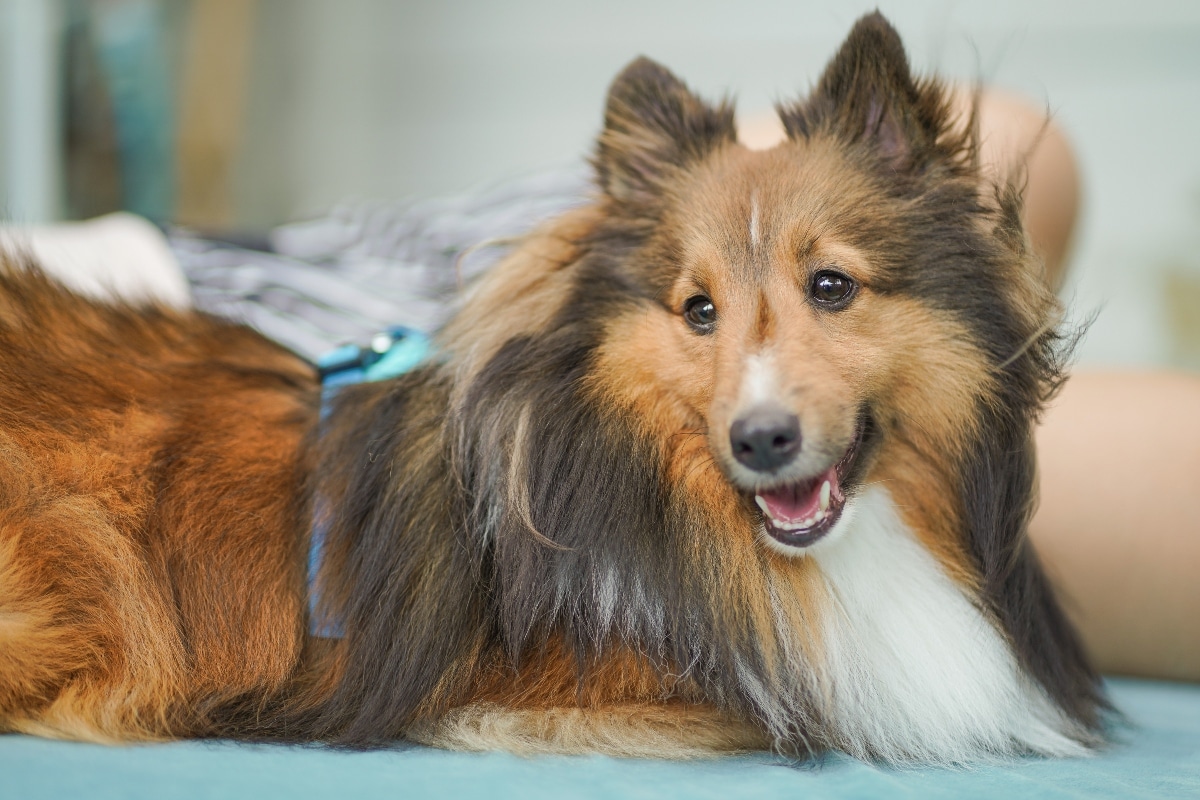 Shutterstock
Shutterstock
Loud giggles, yelling, and impromptu dance parties are par for the course in most kid-filled homes. If a dog doesn’t react negatively to noise, doesn’t bark excessively, hide, or become anxious, it’s a strong sign that they can handle a child’s volume. Test reactions by gently increasing noise levels or observing how they react to lively environments. A good candidate won’t become stressed when things get a little loud.
Reads the Room
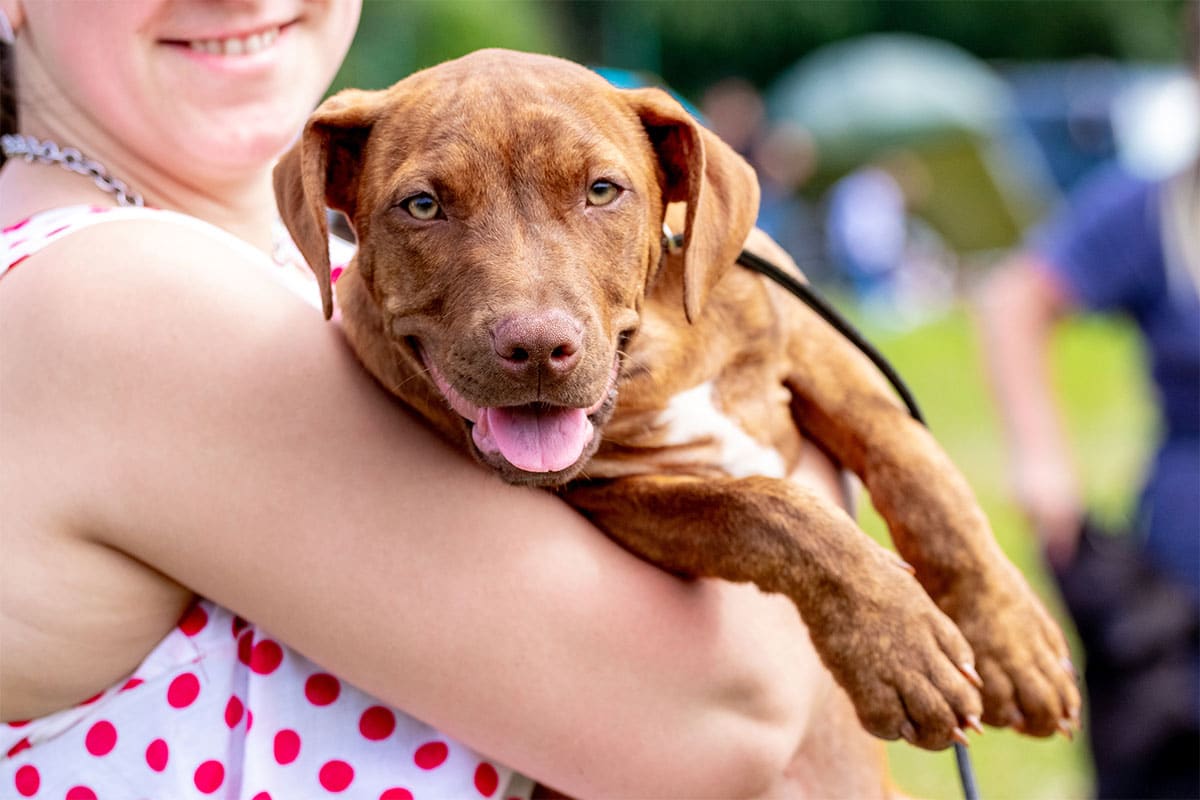 Shutterstock
Shutterstock
Kid-friendly dogs often have an emotional radar that helps them respond appropriately to people’s moods. They’ll back off when a child is upset and approach gently when someone needs comfort. This awareness shows empathy and emotional intelligence, traits that make a big difference around children. A dog who can “read the room” is less likely to escalate situations and more likely to contribute to a calm, supportive home environment.
Shows Interest Without Overexcitement
 Shutterstock
Shutterstock
It’s great when a dog is curious about children, but it’s even better when that interest comes without jumping, barking, or overwhelming energy. A good family dog approaches kids slowly, sniffs politely, and wags gently, without bowling them over or licking their faces off. These dogs know how to be social without being too much, making them easier for children to interact with safely and comfortably.
Listens to Commands Around Distractions
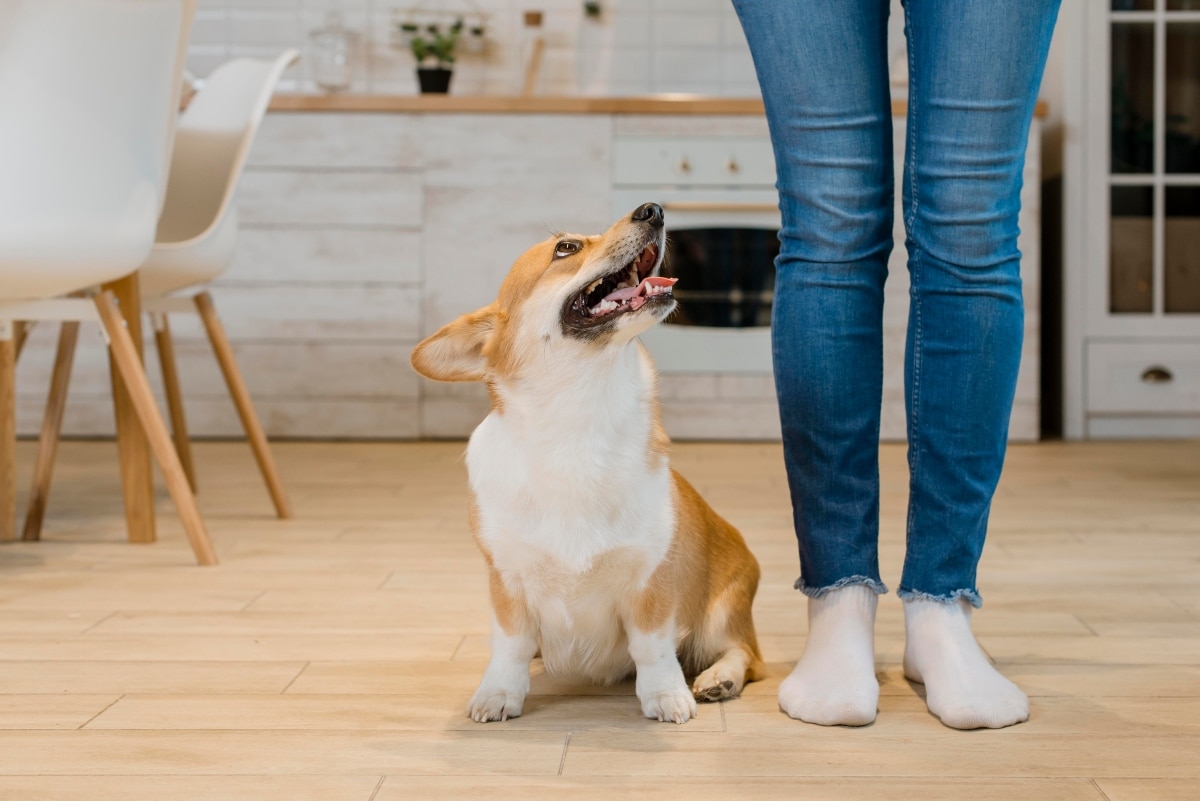 Shutterstock
Shutterstock
A kid-friendly dog should be able to respond to basic commands like “sit,” “stay,” and “leave it” even when things are chaotic. Kids bring distractions, and a dog who can stay focused on their human’s voice amidst noise and movement is golden. Reliable obedience creates a safer environment and helps prevent situations from spiraling. It also shows the dog respects boundaries, something every child needs in their interactions with pets.
Doesn’t Guard Food or Toys
 Shutterstock
Shutterstock
Resource guarding is a red flag when it comes to any family setting. Dogs that snarl, freeze, or snap when approached near food or toys can pose risks to small children who may not know better. A dog who’s willing to share or walk away from their belongings is showing trust and flexibility. These are the dogs that can calmly handle a curious child wandering a little too close at dinnertime.
Has a History with Children
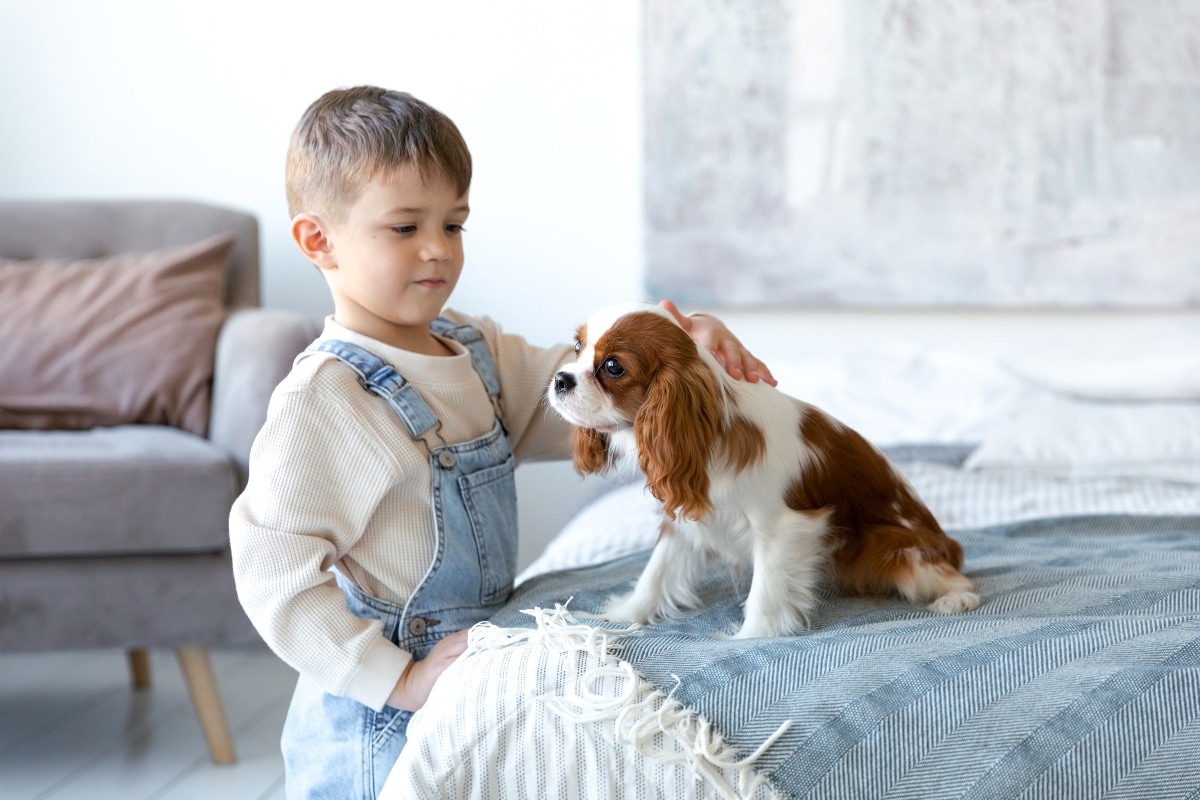 Shutterstock
Shutterstock
If you’re meeting a dog from a shelter or rescue, ask about their past. Dogs that have successfully lived with children before are more likely to transition smoothly into another family environment. While it’s not a guarantee, past experience provides helpful insight into how a dog might behave in your home. History can reveal more than breed traits alone.
Gives Space When Overwhelmed
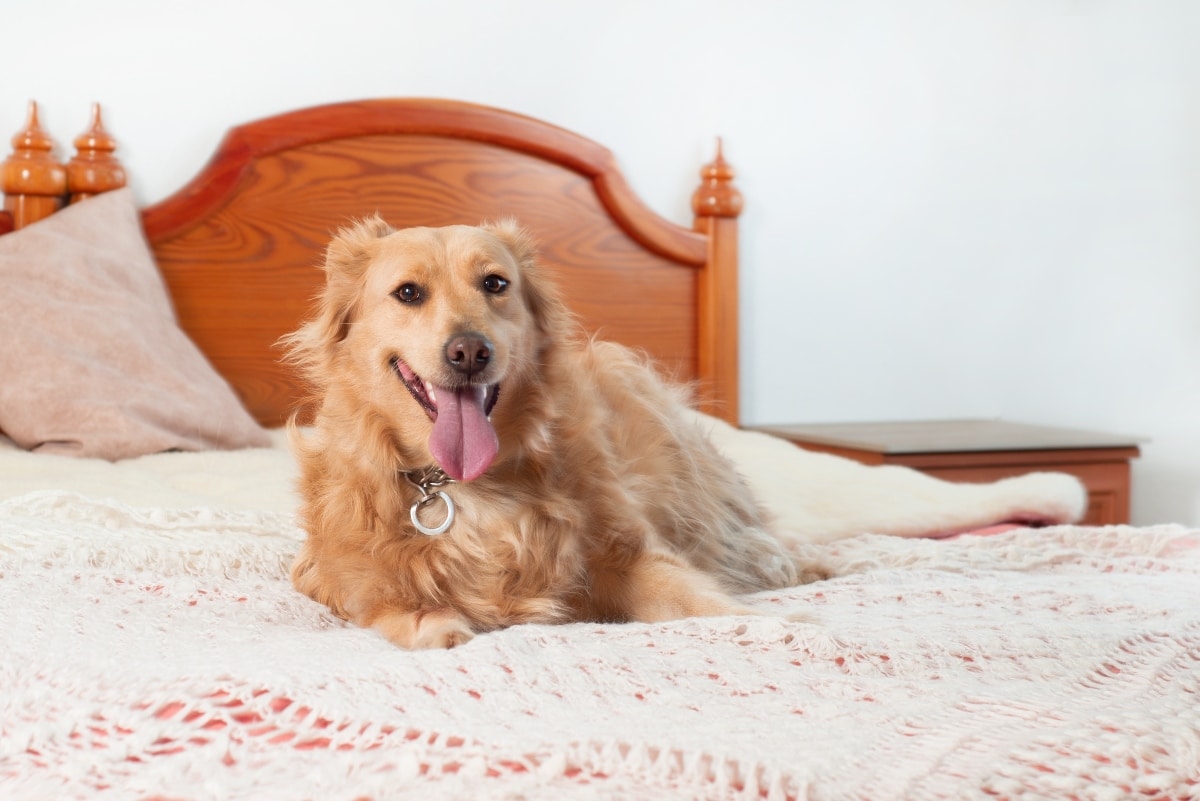 Shutterstock
Shutterstock
Not every situation with kids will be perfect, and a great dog knows when to take a break. Instead of reacting with fear or aggression, they calmly walk away and find a quiet spot. This self-regulating behavior helps prevent conflict and keeps everyone safe. A dog that knows how to retreat instead of react is showing maturity and awareness.
Has a Naturally Steady Temperament
 Shutterstock
Shutterstock
Temperament matters more than size, breed, or cuteness when it comes to kid-friendliness. A dog with a stable, easygoing personality is less likely to get startled, snappy, or overstimulated. These dogs roll with life’s ups and downs and adjust well to changing dynamics. If a dog’s personality leans mellow rather than moody, chances are they’ll thrive in a kid-filled home.
The Ruff Guide to Kid-Approved Canines
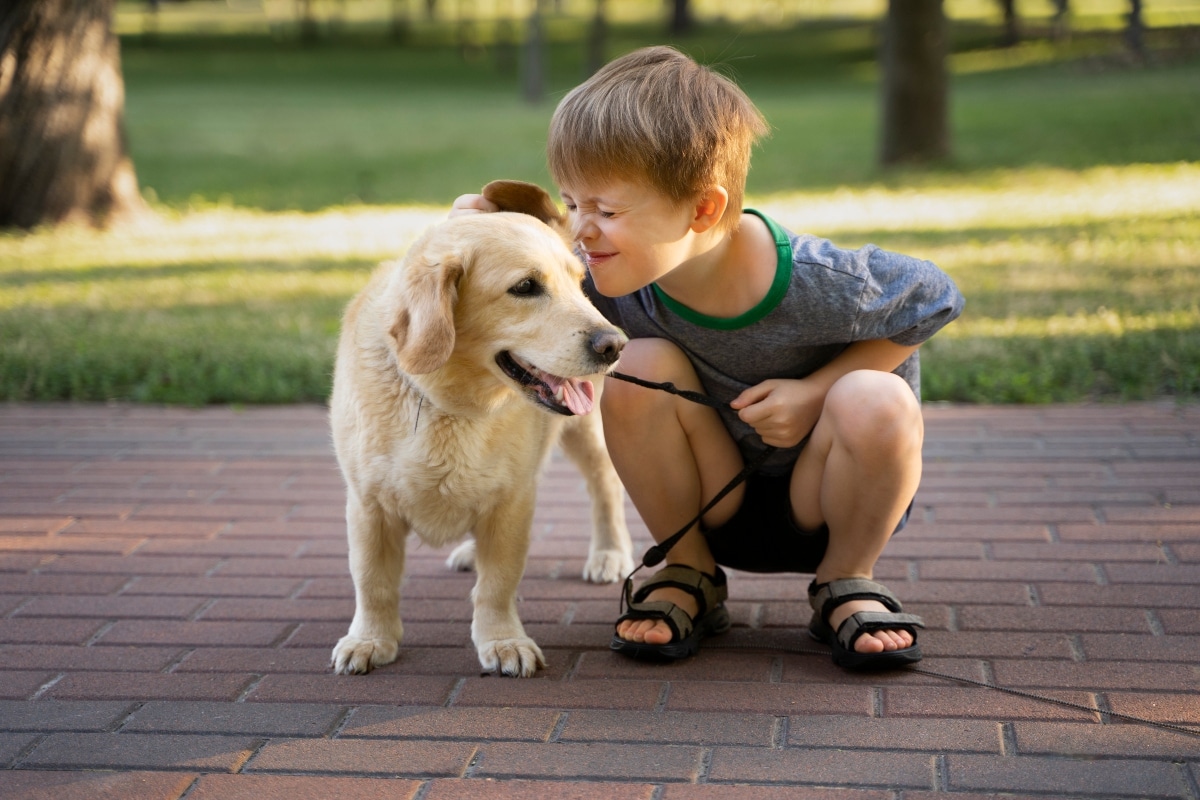 Shutterstock
Shutterstock
Choosing a dog that gets along with kids doesn’t have to be a guessing game. With the right observations and thoughtful questions, you can spot the qualities that make a dog truly kid-friendly. From their gentle nature and patience to their ability to handle noise and unpredictable movement, these dogs become more than pets; they become cherished members of the family. They’re the ones who quietly watch over playtime, offer comfort during tough moments, and make childhood brighter with every tail wag and snuggle shared along the way.


 3 weeks ago
8
3 weeks ago
8


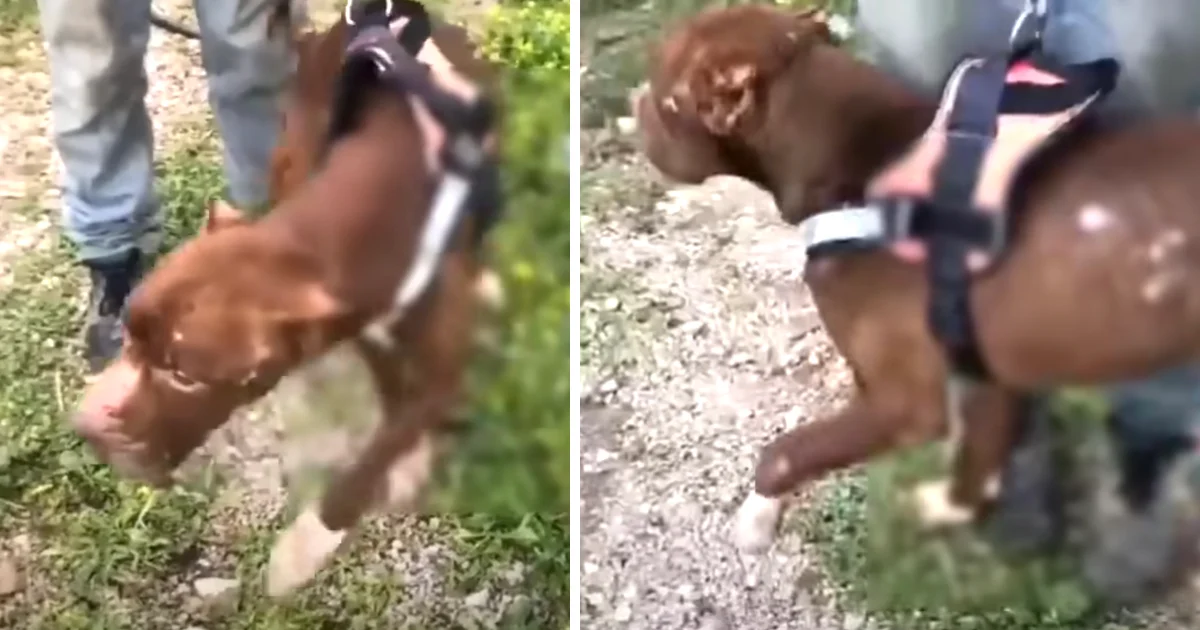



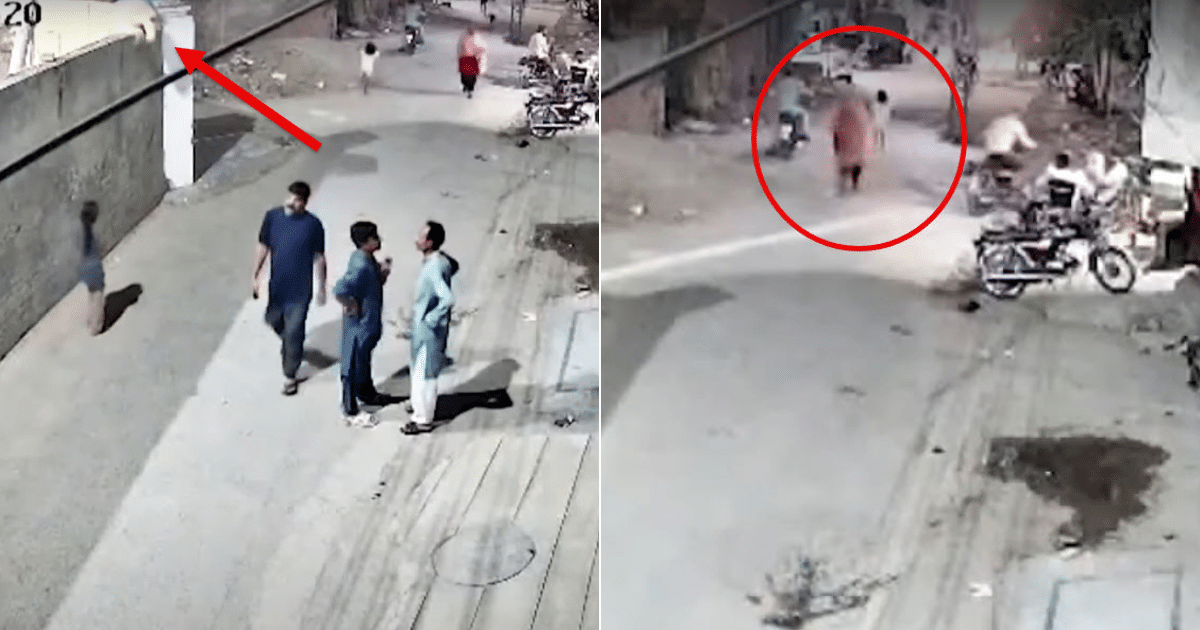














 English (US) ·
English (US) ·  French (CA) ·
French (CA) ·